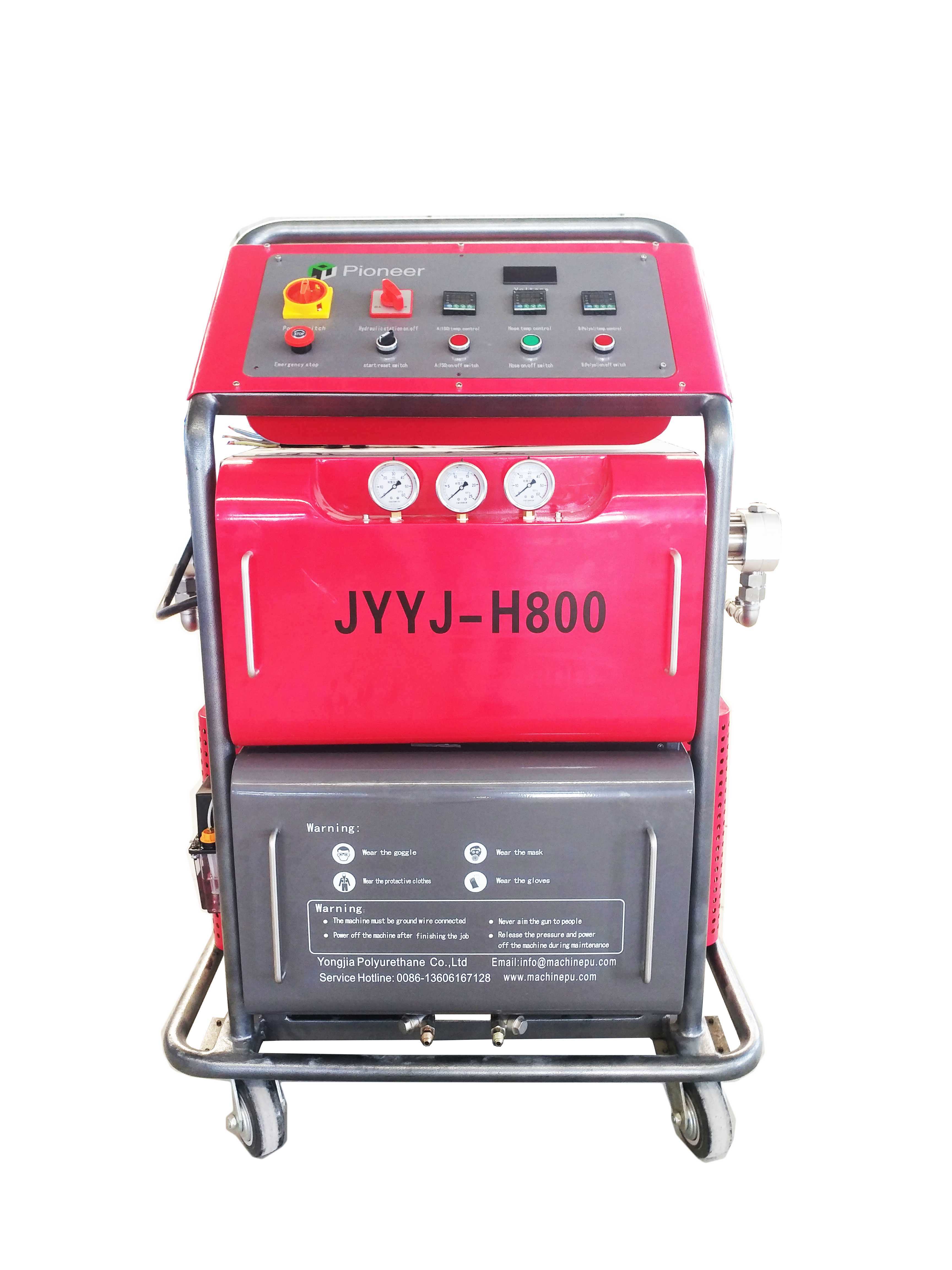Can Spraying Polyurethane On Containers Really Be Thermally Insulated?
The most common type of container house is to provide shelter for workers on the construction site. Can they settle in the hot summer or cold winter? Won’t it be cold or hot? In fact, whether it is summer or winter, containers can also be insulated. If you don’t believe me, just read on!
The container itself does not have the function of thermal insulation. It is cold in winter and hot in summer. In summer, the outdoor temperature is 38°, and the temperature inside the container is often as high as 42°. Therefore, the thermal insulation layer is very important. After the container house is fixed, it is necessary to add a thermal insulation layer and install air conditioning facilities.
The thermal insulation layer here is sprayed with polyurethane hard foam. Of course, there are other thermal insulation measures, such as thermal insulation wool, rock wool board, silicate board, etc. The choice mainly depends on your actual use.
So what is polyurethane spraying?
Polyurethane spraying refers to using a special polyurethane spraying machine to spray polyurethane raw materials under the action of various additives such as foaming agents, catalysts, and flame retardants, through high-speed impact and violent rotation in a mixing chamber with a small space, and then pass through the nozzle of the spray gun. A high molecular polymer that forms fine mist droplets and sprays evenly on the surface of an object.
What are the advantages of spraying polyurethane on containers?
1. Thermal insulation, high efficiency and energy saving.
The thermal conductivity of polyurethane thermal insulation material is low, and the heat preservation and heat insulation effects are good, which is unmatched by any other thermal insulation materials. In general residential buildings, polyurethane rigid foam is used as waterproof and heat-insulating roof, its thickness is only one-third of that of traditional materials, and its thermal resistance is nearly three times that of them. Because the thermal conductivity of polyurethane is only 0.022~0.033W/(m*K), which is equivalent to half of that of extruded board, and it is the lowest thermal insulation coefficient among all thermal insulation materials at present.
2. The roof load is light.
The polyurethane insulation material has low density and light weight, so the load on the roof and wall is light. The roof of spraying polyurethane thermal insulation material is a quarter of the traditional roofing method, which is very important to improve the overall structure of the house and reduce the construction cost, so it is more suitable for large-span and thin-shell roof buildings.
3. The construction is convenient and the progress is fast.
The technology here is polyurethane spraying and on-site foaming, which can work on any complex roof construction, which is ten times more efficient than laying traditional materials. It also reduces labor intensity, improves the working environment, and reduces environmental pollution.
The on-site foaming expansion volume of polyurethane insulation materials is 15-18 times, so the transportation volume of raw materials is small. According to statistics, it can reduce the vehicle transportation cost by more than 80% compared with the use of traditional materials, and it also greatly reduces the workload of vertical transportation shifts at the construction site.
4. Good engineering quality, long service life and low cost
Polyurethane insulation material is a dense microporous foam with a closed cell rate of more than 92%. It has a smooth self-skinning and is an excellent impermeable material. The direct spraying molding technology is used in the construction to make the overall formation without seams The complete impermeability fundamentally eliminates the possibility of roof water penetrating through seams.
The polyurethane thermal insulation material can be firmly bonded to the base layer, and its bonding strength can exceed the tear strength of the foam itself, so that the polyurethane thermal insulation material and the base layer are integrated, and delamination is not easy to occur, and water penetration along the interlayer is avoided. Traditional thermal insulation materials are easy to absorb water and moisture, and the service life of conventional waterproof membranes is very short, and they must be regularly repaired and replaced; while the service life of polyurethane thermal insulation materials can reach more than 10 years, and the maintenance cost saved during this period is very considerable.
Post time: Apr-26-2023



